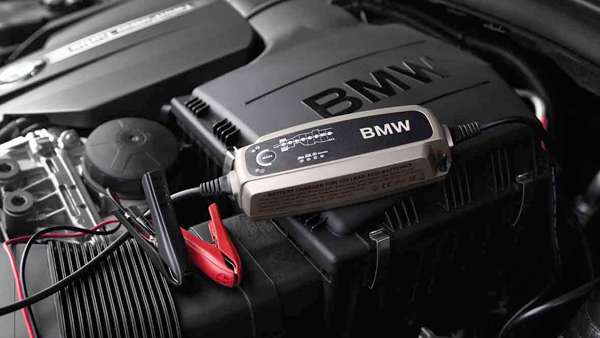CTEK DC DC Charging Solutions
South Central Ambulance Service was looking for an onboard charging solution that would ensure the performance of a secondary battery that powered critical, life-saving equipment and also help the service to reduce fuel consumption, carbon emissions and costly vehicle downtime.
THE CHALLENGE
South Central Ambulance Service provides traditional 999 emergency services in the UK to a population of over 4 million people. Amongst their feet of emergency vehicles, South Central Ambulance Service, has many Solo Response Vehicles (SRVs) used by their first responder crew. The requirement of the first responder crew or SRV is to reach a scene within 8 minutes, where they use sometimes life-saving equipment that needs to be run by a reliable power source – in this case, a secondary battery system. When on standby, the single rapid responder, had their engine running to make sure that the secondary battery system was fully charged so that it could supply power at the next incident. If there wasn’t sufficient power, the crew would have to travel back to base to recharge from a shoreline electrical system. South Central Ambulance Service feet department undertook a review of battery spend and identified that this approach to charging the secondary battery was expensive, not only in terms of cost through battery replacement and fuel consumption but also in terms of time – when vehicles were of the road waiting for the battery to be charged. The requirement to run engines all the time to make sure power was always there when needed, also created high carbon emissions.
South Central Ambulance Service was looking for an alternative power supply that guaranteed the performance of this critical secondary battery, whilst reducing costs and carbon emissions.
SOLUTION
Working with CTEK partner Barden Battery & Power Solutions, South Central Ambulance Service identified an onboard battery charging solution that was fitted to 37 vehicles: • 2 x Solara S120M36 34W Semi-Flexible Solar Panels (per vehicle) • 1 x CTEK SmartPass 12V DC Controller (per vehicle) • 1 x CTEK D250S-Dual 12V 20A DC to DC (per vehicle) By installing the D250S Dual and SmartPass units, drivers can charge the secondary battery whilst on the move using power from the vehicle alternator. When the vehicle is parked and on standby, the solar panels drive power to the D250S Dual and SmartPass units, charging the secondary battery without the SRV engine switched on South Central Ambulance Service Solo Response Vehicles need to be available at all times, so that first responders can provide the best in mobile healthcare services to patients suffering life-threatening injury or illness – a fully charged secondary battery is a critical component.
RESULTS
The introduction of this complete onboard charging system means that frontline vehicles no longer need to standby with engines running to recharge essential battery systems or return to base to recharge the vehicle battery system. Te use of solar panels means that the Trusts feet of SRVs spend less time off road for battery replacement and maintenance and can be fully mobile at all times to provide the best in mobile healthcare services to patients suffering life-threatening injury or illness. Over a five-year period, South Central Ambulance anticipates that fuel costs will reduce by more than £50,000, while its carbon dioxide emissions will drop by 30.28 tonnes.













